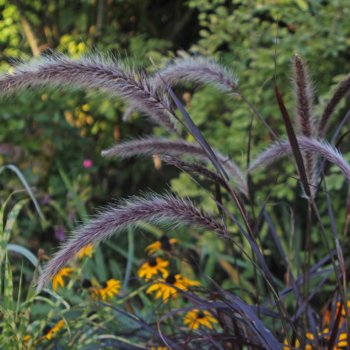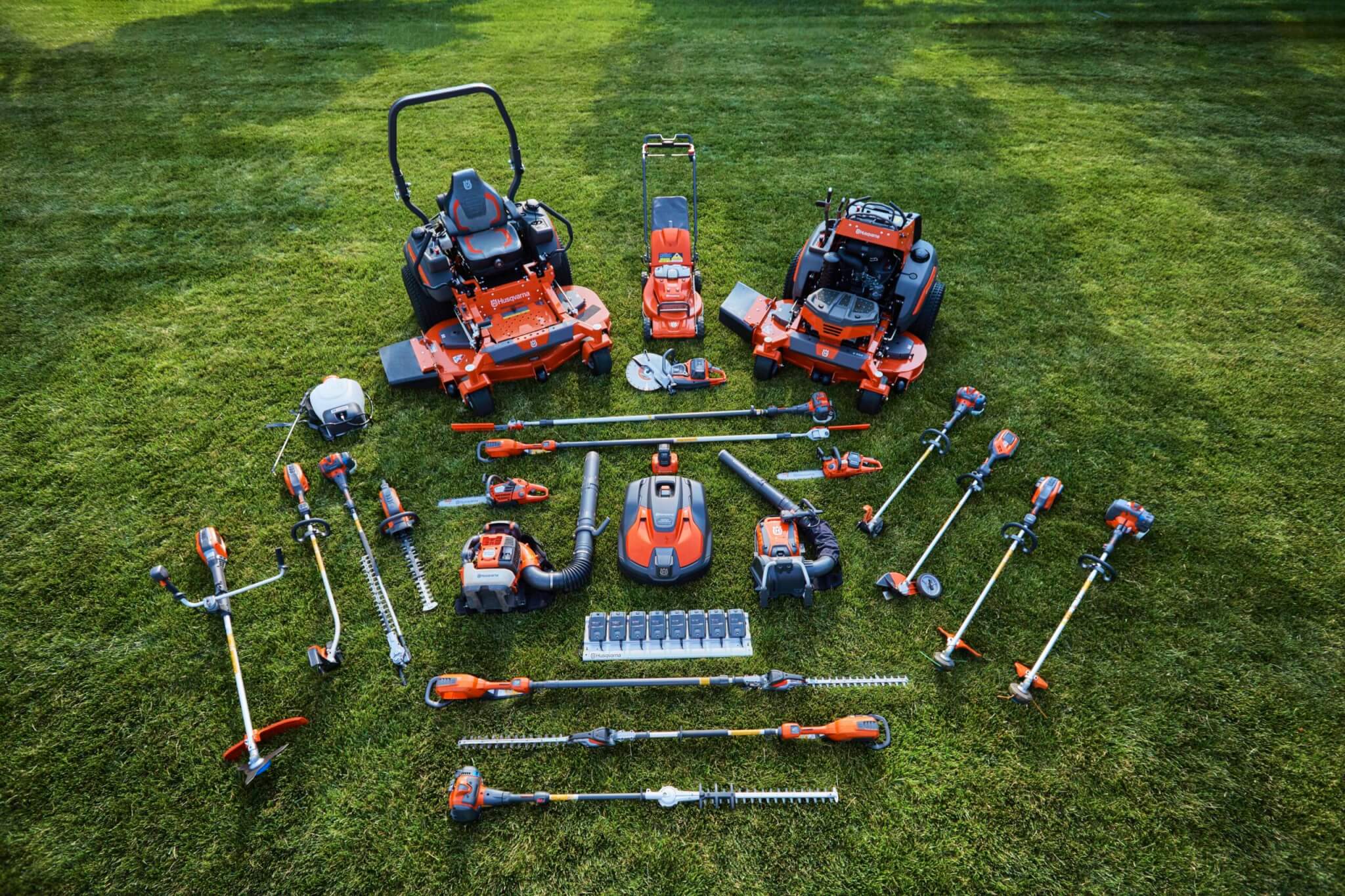Get creative with ornamental grasses and Devil’s Ivy

From dainty blue fescue grass to majestic miscanthus, ornamental grasses provide texture, character and form unmatched by many other hardy perennials.
31 July 2018
In large borders grasses can be planted in bold groups or striking drifts, but many varieties perform well in large patio pots, positioned where their individual shape and arching form can be fully appreciated.
Popular grasses for pots include compact Blue Fescue Grass and Slender Sweet Flag “Ogon”, or taller varieties of Miscanthus such as the Zebra Grass (Miscanthus “Zebrinus”).
From green to gold, purple to a host of patterned and variegated forms; ornamental grasses come in a wide range of colours, sizes, and growing habits.
As well as selecting grasses to suit your colour scheme, always consider their other qualities: positioning grasses close to paths and seating areas so you can run your hands over their feathery foliage and flowers as you pass.
Popular grasses for tactile displays in sensory gardens include the Feathertop Grass (Pennisetum) or annual grasses like Bunny Tails.
Taller grasses also add movement to otherwise static displays, catching a summer breeze to add interest and catch the eye. Growing to around two metres in height, the bold form of Golden Oats (Stipa gigantea) is a real showstopper. Or if space allows, try planting a statuesque clump of Pampas Grass, and enjoy their feathery plumes right into winter.
Top four ornamental grasses
Many great grasses are available that have received an Award of Garden Merit (AGM) from the Royal Horticultural Society. Here are some of the most popular:
- Festuca – such as Blue Fescue Grass (Festuca glauca ‘Elijah Blue’)
- Pennisetum – such as Fountain Grass (Pennisetum setaceum ‘Summer Samba’)
- Miscanthus – such as Zebra Grass (Miscanthus sinensis ‘Zebrinus’)
- Stipa – such as Giant Golden Oats (Stipa gigantea)
Houseplant: Devils Ivy or Scindapsus (Epipremnum Pinatum)
Hanging, climbing – Devil’s Ivy, also known as Scindapsus, can go in all directions. This houseplant stands out thanks to its heart-shaped satin leaves with silver, pale green, yellow or whitish spots or a flame pattern.
It’s also a reliable companion: if looked after well, this domestic wonder can grow very old yet remain beautiful. The plant also gives something back in return for your loving care: according to the NASA Clean Air Study, Devil’s Ivy is one of the plants that helps improve the air quality in your home.
Range
The Devil’s Ivy range is fairly limited. The best-known form has green leaves with pale green or yellow markings. “Argyraeus” has small grey spots, “Trebie” has coarser leaves which have more grey marbling. The “Silvery Ann” cultivar has more soft grey in the leaves.
Sales and display tips for Devil’s Ivy
Emphasise Devil’s Ivy’ versatility by displaying the plant both hanging and climbing. A couple of hanging specimens side by side soon create the illusion of a green curtain or room divider.
Replacing the moss pole of the climbing specimens with a more natural looking branch makes the plant trendy and create a particularly exciting silhouette. Devil’s Ivy is also one of the few houseplants where the tendrils can also be displayed lying down.
Plant of the Moment is supported by National Garden Gift Card. Thanks to Adam Pasco and the Flower Council of Holland for the information contained in this article.



 Print
Print









Fans 0
Followers